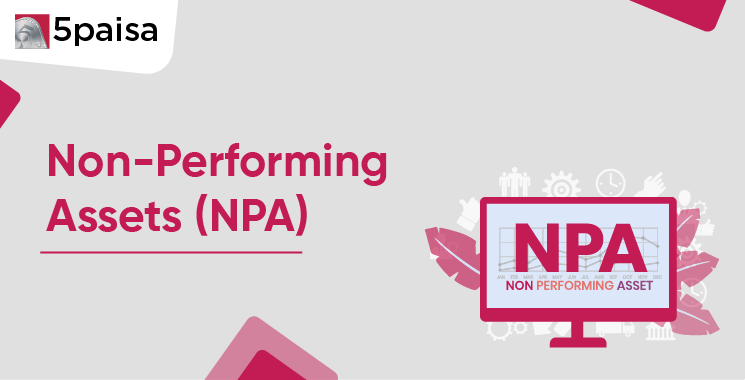Content
- Introduction
- What is NPA in Banking?
- Significance of Non-Performing Assets
- How Non-Performing Assets (NPA) Work?
- Categories of Non-performing assets
- What are the causes of NPA?
- NPA Provisioning
- NPA in Absolute Numbers
- NPA Parameters - GNPA and NNPA & NPA Ratios
- NPA in ratio
- Example of NPA
- Management of NPA
- Challenges associated with NPA
- Impact of NPA on Operations
- Conclusion
Introduction
Banking has various tools to measure its users' stability, performance, and credibility. Any slight imbalance could harm the bank's reputation. Non-Performing Assets (NPA) are one way to assess the strength and stability of a bank's finances.
The non-performing assets definition refers to the default loan classification by banks and other financial institutions. These loans' interest and principal payments have been past due for a considerable time. In India, a loan becomes a non-performing asset after 90 days. This blog explains what is non-performing assets in detail.
More Articles to Explore
- Difference between NSDL and CDSL
- Lowest brokerage charges in India for online trading
- How to find your demat account number using PAN card
- What are bonus shares and how do they work?
- How to transfer shares from one demat account to another?
- What is BO ID?
- Open demat account without a PAN card - a complete guide
- What are DP charges?
- What is DP ID in a demat account
- How to transfer money from demat account to bank account
Disclaimer: Investment in securities market are subject to market risks, read all the related documents carefully before investing. For detailed disclaimer please Click here.
Frequently Asked Questions
When a bank declares an NPA, the bank gives a notice period of 60 days before starting the legal procedure.
Loans become NPAs when borrowers fail to repay interest or principal for over 90 days, often due to financial distress, business failure, poor repayment capacity, or adverse economic conditions.
The bank will offer an option of a one-time loan settlement to settle an NPA account.
Banks classify NPAs based on how long payments have been overdue—Substandard, Doubtful, or Loss assets—each reflecting increasing levels of risk and lower chances of full recovery.
The formula to calculate NPA is as below.
Net NPA = Gross NPA - Provisions
Banks recover NPAs through loan restructuring, legal actions under SARFAESI, insolvency proceedings, or by selling bad loans to Asset Reconstruction Companies (ARCs) for specialised recovery.
An ideal NPA percentage that every bank should maintain is below 1%.
A performing asset generates regular repayments, while a non-performing asset stops earning interest or principal for over 90 days, signaling stress or default in the loan account.




